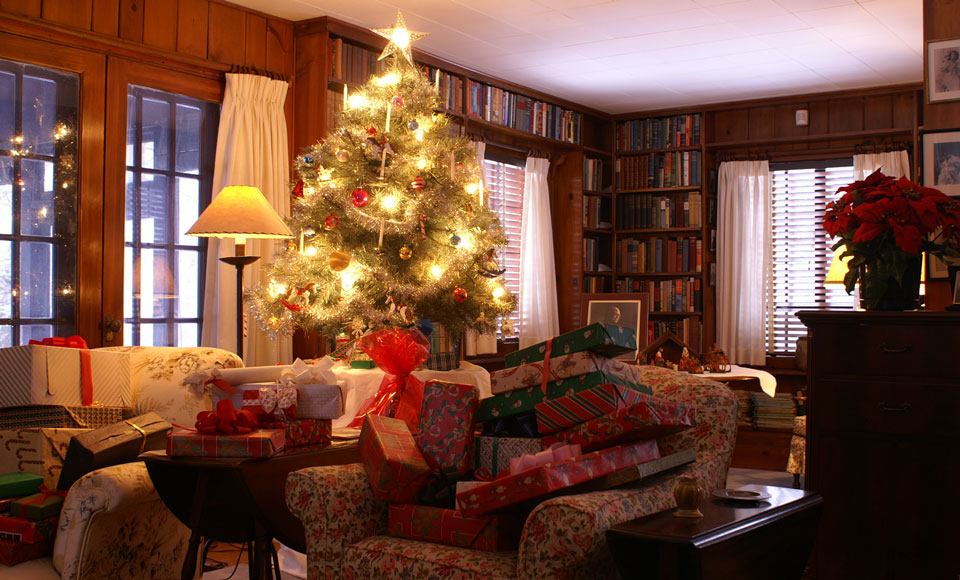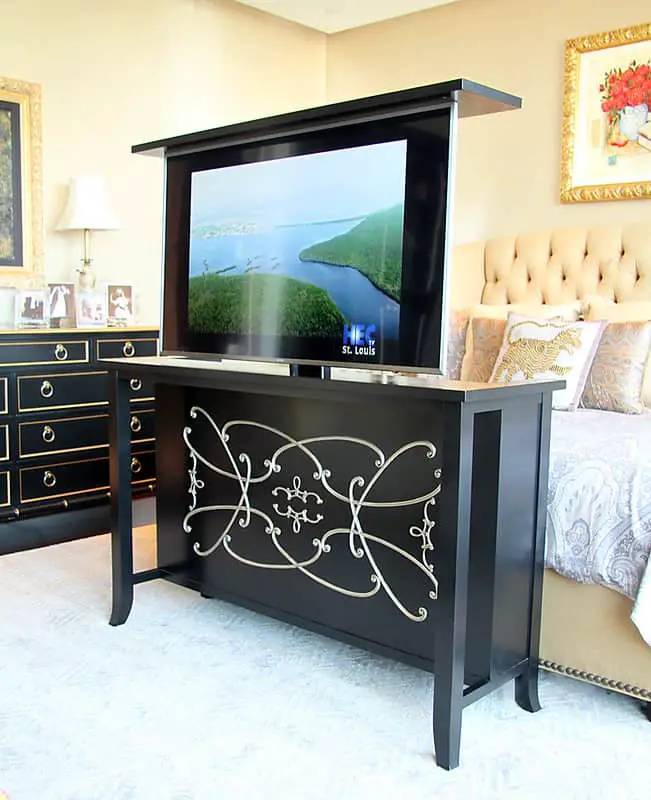Table of Content
- Pokenatomy Unofficial Pokemon Anatomy Guide Book LEATHER HARDCOVER- LIKE NEW
- Entrance Hall
- Lot of 10 Vintage Old Rare Antique Hardcover Books - Mixed Color - Random
- Explore This Park
- New Mega Red Book Guide United States Coins US Official Whitman Price List
- Home of Franklin D. Roosevelt National Historic Site
FDR was born here in 1882 and remained closely connected to the place for his entire life. The property, located in the historic Hudson Valley, was home and political headquarters, a haven for spiritual renewal, and, after he was stricken with polio, a place for physical rehabilitation. At Hyde Park, he participated in community life, welcomed dignitaries, and conducted the work of the presidency. The Dows family had been lifelong friends and neighbors of the Roosevelts and were frequent guests at events at Hyde Park, NY and in Washington, DC, both before and during the presidency.

In 1939, Olin Dows received a commission to design and paint the murals in the Rhinebeck, NY Post Office. In 1941, at the suggestion of President Roosevelt, Dows was commissioned to design and paint the murals in the Hyde Park Post Office as well, and worked closely with FDR in the conception and design of the murals. The music room (also known as the "Dresden Room" for the origin of some of the porcelain) is a formal parlor which contains many Chinese pieces of porcelain and lacquer-ware. These were acquired when the family of Roosevelt's mother stayed in China, where her father made a fortune in the China trade. Together with the adjacent dining room, this part of the house was the setting for the formal entertaining of guests.
Pokenatomy Unofficial Pokemon Anatomy Guide Book LEATHER HARDCOVER- LIKE NEW
In 2005, the site covered a total area of more than a square mile and received 108,611 visitors. The current vegetable garden is designed to replicate the Roosevelts’ garden with as much historic accuracy as possible. Minor adjustments are introduced to ensure its health and accessibility, including deer fencing around its perimeter and porous pavement paths. In addition, although the heirloom vegetable varieties grown in the garden today remain the same as during the Roosevelts’ time, they are cultivated using modern organic practices. Bug traps, black biodegradable film, white row cover, and kaolin clay are all examples of these modern strategies used in combat typical garden pests.
A collection of autographed photographs of some of the Roosevelts' more famous guests is kept in the room on the piano. The Home Garden is maintained through the support of volunteers who help plant, maintain, and harvest the crops. Produce is donated by the park's philanthropic partner, the Franklin D. Roosevelt Hyde Park Foundation, to Dutchess Outreach in the city of Poughkeepsie. In addition to being a food resource, this garden is used for a variety of educational programs, and is free and open for the public to enjoy. Frequently mentioned in letters between the Roosevelts, it was clearly important not only as a source of food, but as a part of their home—a part they made an effort to enjoy no matter where they were staying.
Entrance Hall
When the Roosevelts originally bought this property, the vegetable garden occupied a small bed in the present-day rose garden and gravesite. Although they were only a family of three, the garden expanded continuously throughout their time at Springwood, even after FDR’s departure for school and James Roosevelt’s death in 1900. In 1882 Franklin was born in what was then the second floor tower bedroom at the south end of the home. At the time, it functioned as the master bedroom; the bedroom which he, and later his sons, used during boyhood is nearby on the same floor. In 1905, after he and Eleanor Roosevelt married, the young couple moved in with his mother, Sara. The property featured a stable and horse track, which was important to James, an avid horse breeder.

Through his death 34 years later in 1900 James made many improvements to the home and property. He enlarged the servants' wing, adding two rooms, and had a spacious carriage house built in the vicinity. While the early history of the house on the Springwood estate remains unclear, it is believed that the central portion of the present-day home is formed by a large Federal style farmhouse constructed around the year 1800. In 1845 the estate was purchased by Josiah Wheeler, a merchant from New York City. He remodeled the structure in the then-fashionable Italianate style, expanding it to 15 rooms with a three-story tower at the south end and front and rear piazzas spanning the length of the home. Few figures in American public life have been so closely identified with a particular place as President Franklin D. Roosevelt with his home in Hyde Park, New York.
Lot of 10 Vintage Old Rare Antique Hardcover Books - Mixed Color - Random
In 1943—two years before he died in office—Roosevelt donated the estate to the American people under the condition that his family maintained a lifetime right to usage of the property. On November 21, 1945, after the family had relinquished their rights, the estate was transferred to the U.S. Since then, the estate has been administered by the National Park Service as a National Historic Site and is open to the public.

The Franklin D. Roosevelt Library is part of the presidential libraries system administered by the National Archives and Records Administration, a federal agency. This drawing is one in a series of original ink wash drawings created by Olin Dows for his book, "Franklin Roosevelt at Hyde Park," published in 1949 by American Artists Group, Inc. Olin Dows spent two years writing the text and drawing the book's 174 illustrations. During the enlargement of the house in 1915 a suite of rooms was created for Eleanor and Franklin Roosevelt in one of the new wings. Roosevelt made his last visit to Springwood in the last week of March 1945, about two weeks before his death.
At his own wish he was buried near the sundial in the Rose Garden on April 15, 1945. Also buried here are Fala, their famous scottish terrier, and Chief, a German Shepherd also owned by FDR. In 1697 the English Crown awarded a 220 sq mi land grant (the "Great Nine Partners Patent") to a group of nine businessmen from New York City who had purchased the land from the native Wappinger people. The parcel extended from the Hudson River on the west to the border with Connecticut on the east. To ensure equal access to the river for all partners, the land along its shore was divided into nine "Water Lots"; Springwood is located on the one granted to William Creed.
Home to the 32nd and longest-serving president of the United States, Franklin D. Roosevelt returned to Hyde Park often, drawing on this place to renew his spirit during times of personal and political crisis. Explore the Roosevelt saga in the homes of Franklin and Eleanor Roosevelt, the exhibits at the nation’s first Presidential Library, and over a thousand acres of gardens and trails. Delivery time is estimated using our proprietary method which is based on the buyer's proximity to the item location, the shipping service selected, the seller's shipping history, and other factors.
When the Roosevelts weren’t living at Springwood, they would have produce shipped from their garden to wherever they were—to their property in Campobello, to New York, and to FDR at school in Massachusetts. The Snuggery was used by Roosevelt's mother, Sara, for beginning her day and conducting her business of running the household. The room was created in its present form during the extensive remodeling of 1915 by a division of the old South Parlor into a gallery and the Snuggery. Because most of the furniture of the old parlor was retained despite the reduction in size, the Snuggery has a cluttered appearance. Large home gardens like the Roosevelt's garden were typical features of the diverse, self-sustaining Hudson River estate farms. These farms grew a variety of crops in gardens, fields and orchards and maintained livestock like chickens, hogs and cattle to provide meat as well as eggs and dairy products for the table.
The walls of the entrance hall are mostly covered with paintings from Roosevelt's collection. Specimens from his boyhood collection of birds are also on display, as well as a sculpture of him when he was twenty nine. In the corner behind the main staircase is a manually operated trunk elevator, which the disabled president used to move between floors.













